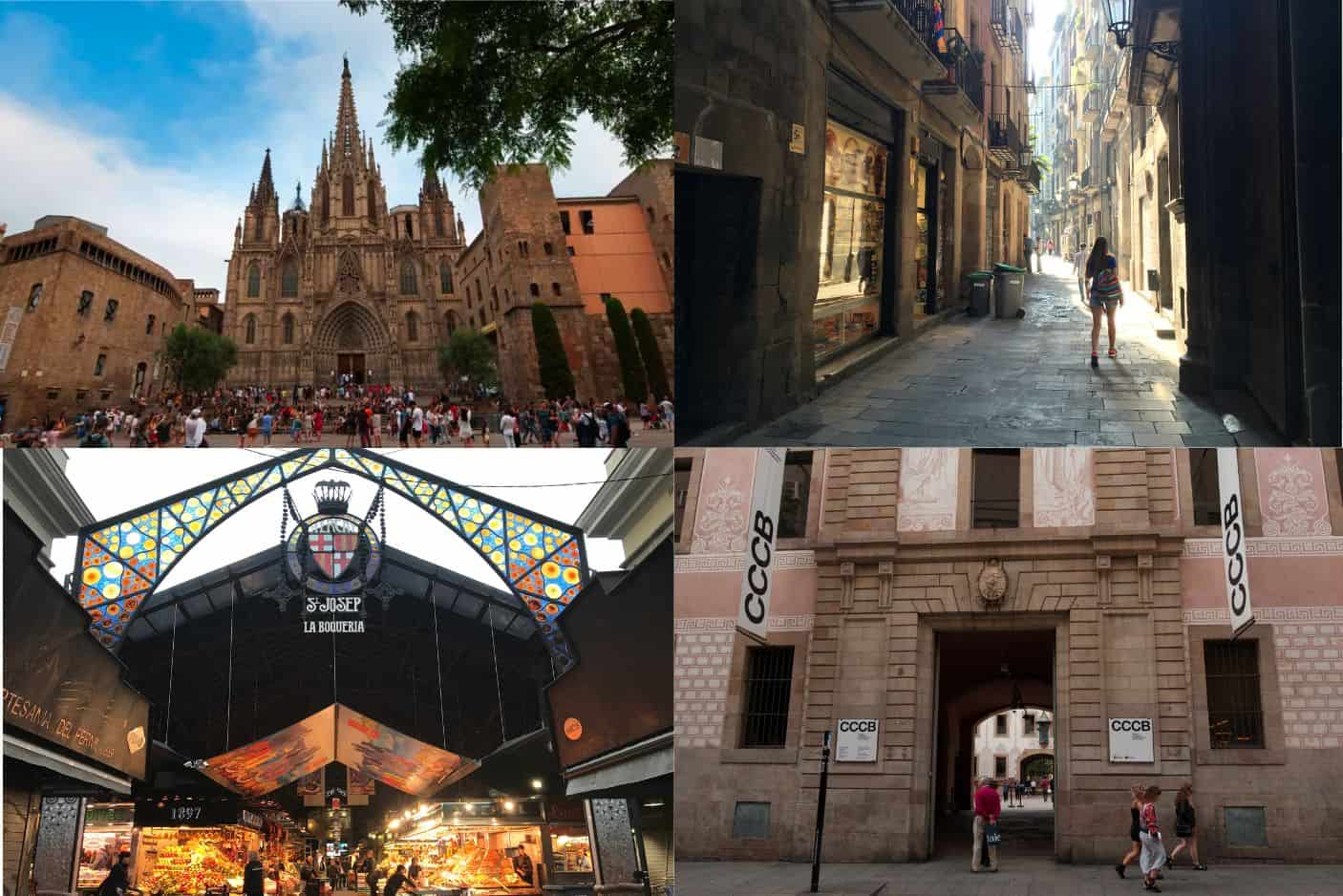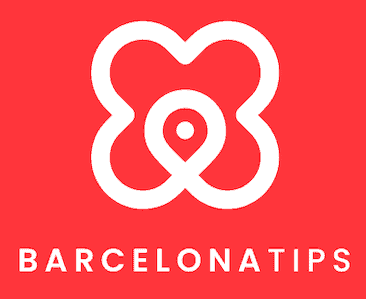Before the expansion of Barcelona in the nineteenth century, the city consisted of the neighborhoods of El Born, El Raval and El Gòtic (and La Barceloneta). Today we call this part Ciutat Vella, the old center.
Still Ciutat Vella is the most visited part of Barcelona. Therefore, there is a lot to do here. There are endless terraces, stores, streets and, above all, coziness and bustle.
Contents
Top 5 to see and do in the center of Barcelona
1. Santa María del Mar (El Born)
In less than sixty years, the people of Barcelona built the church Santa María del Mar by themselves, dragging stones from Montjuïc mountain to the center. It is sometimes said that the Sagrada Família is the church of the tourists and the basilica Santa María del Mar is the church of the Barcelona themselves. Around the church are many boutiques and restaurants.
2. El Call (El Gòtic)
Wander around the old Jewish quarter. Barcelona’s Jewish community used to live in this maze of streets. The neighborhood breathes the history of the city, parts of the city wall are still standing and there are a lot of charming squares. Nowadays you will also find a shopping street with a number of large chains.
3. La Boquería (El Raval)
The La Boquería fresh food market sits on La Rambla. Even though La Rambla is teeming with tourists, and thus also at the fresh food market, it is nice to see how things go at the market. The fresh produce, friendliness and bars where you can sit down for tapas or a drink are well worth a visit.
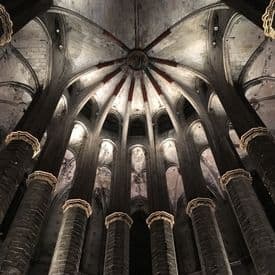
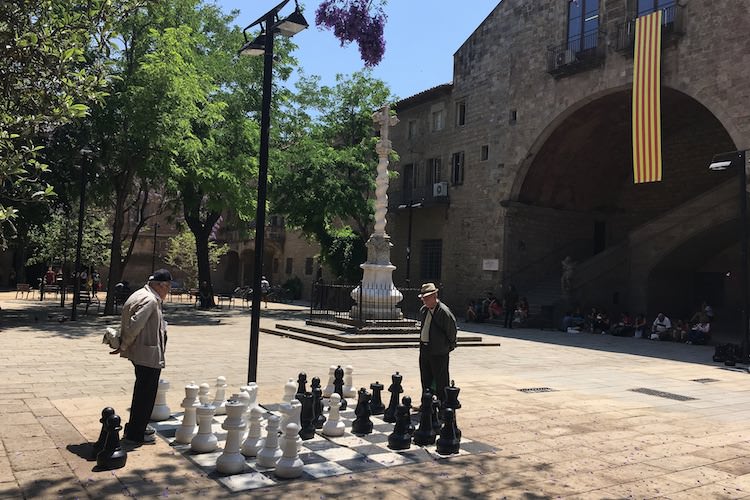
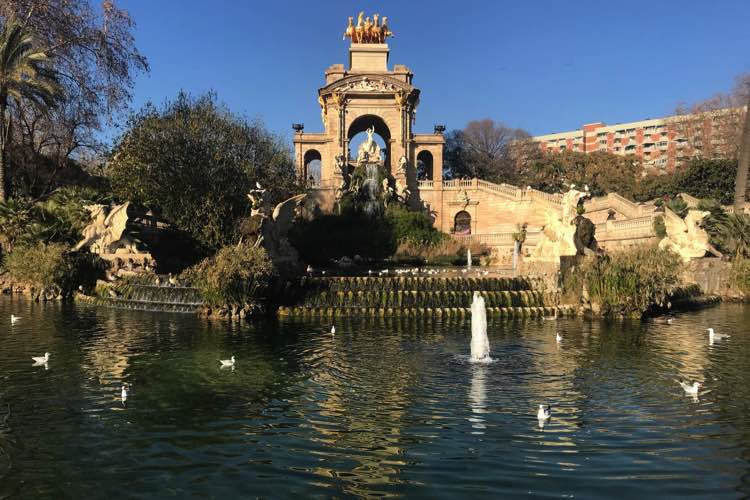
4. Antic Hospital de la Santa Creu (El Raval)
The Antic Hospital de la Santa Creu now serves as a library, but it used to be a hospital in the El Raval neighborhood. The cozy courtyard is an oasis of calm and you can enjoy the sun here. The library still has photos of what the hospital looked like 100 years ago.
5. Parc de la Ciutadella
Just outside El Born is the large Parc de la Ciutadella. Many Catalans come here regularly for a nice walk. In the park you will find a fountain, many benches and you can visit the Barcelona Zoo. It is great to lie on the grass and enjoy the sun.
El Gòtic
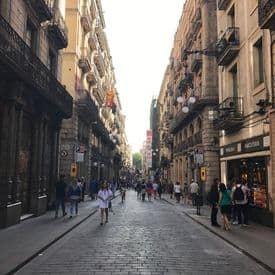
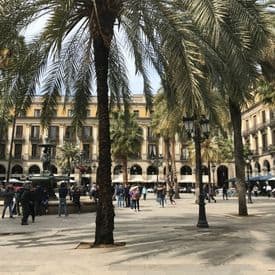
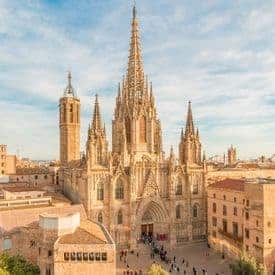
If you can feel Barcelona’s history coming alive, you’re probably in the Gothic Quarter. El Gòtic (Spanish: El Gótico) is the oldest part of Barcelona. The many Roman excavations testify to the presence of the Roman people in this place. On top of the remains from Roman times, the medieval city was later built. Get lost in the maze of streets and alleys and marvel at the ancient structures.
Where? – Between La Rambla and El Born.
Main attractions – Barcelona Cathedral, La Rambla, Plaça Reial, Plaça Sant Jaume, Plaça de Sant Felip Neri, El Call.
Anno 2017, you can still wander through the romantic medieval streets and alleys that have remained partially intact in this neighborhood. El Call, the old Jewish neighborhood, is a particularly beautiful example. Among the medieval buildings and structures, you’ll encounter archaeological excavations from Roman times and Gothic buildings from later centuries.
El Born
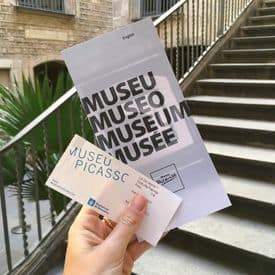

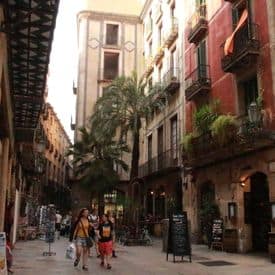
The trendy El El Born neighborhood there is always something going on. Many boutiques and stores are hidden in the many streets. You will also find art galleries, very cozy restaurants and you can sniff good culture. In the evening you can go there for a cerveza (beer), tapas or dare to dance in one of the cozy bars. El Born is one of my favorite neighborhoods.
Where?– Between El Gòtic and the city park La Ciutadella.
Main attractions – Picasso Museum, Mercat Santa Catarina, the church Santa María del Mar, El Born CCM, MOCO Museum.
The many museums will tell you more about the history of the city and the El Born district. Between the thirteenth and fifteenth centuries, the El Born district grew into the economic center of the city. After the Olympic Games held in Barcelona in 1992, locals, young entrepreneurs and tourists filled the streets. Today, El Born is known as the Soho of Barcelona.
El Raval
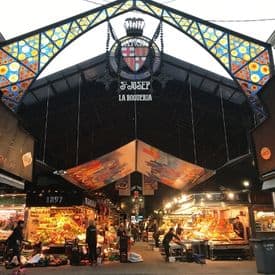
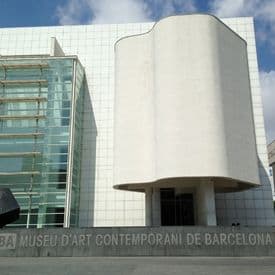
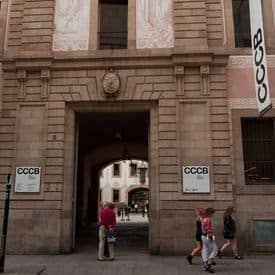
The upcoming neighborhood of El Raval grew into a real immigrant neighborhood over the centuries. Nowadays, you can find a lot of art in the neighborhood, the neighborhood is becoming increasingly popular and you can find many hip shopping stores, vintage boutiques and cozy restaurants and bars.
Where? – Adjacent to the Gothic Quarter, between Rambla and Avinguda Paral.lel.
Main sights – Rambla, Palau Güell, MACBA, CCCB, Hospital Santa Creu, La Boquería.
Tourists and wealthy city dwellers ignored El Raval for a long time. The neighborhood was considered dangerous and a haven for junkies and criminals. Only during the 1990s did the city council decide it was time to take care of El Raval.
La Barceloneta
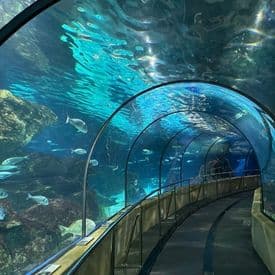
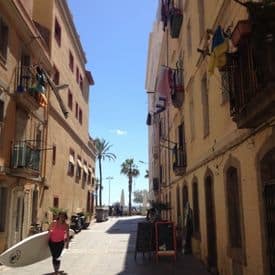
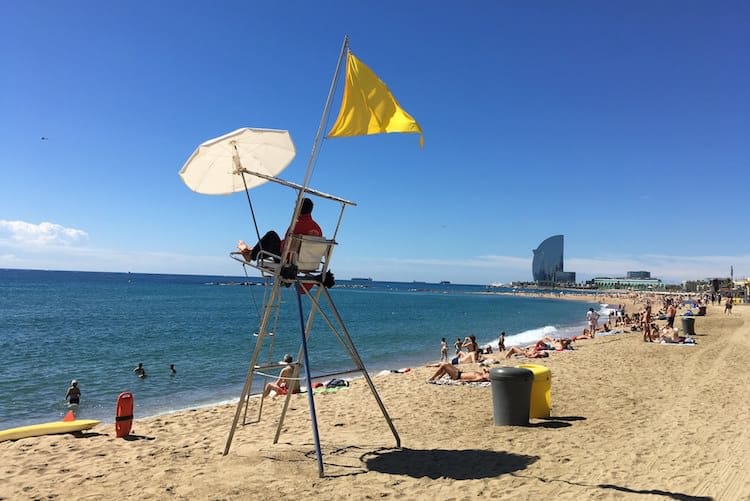
La Barceloneta officially belongs to Ciutat Vella, but is more often named among the beachfront neighborhoods. La Barceloneta is located at the beach and you can stroll around. Around the old port Port Vell there are many restaurants where you can sit down on the terrace.
Where? – Located along the southernmost beach in Barcelona.
How to get there? – Metro stop: Barceloneta (L4).
Main attractions – Port Vell (old port), Aquarium, Mercat de la Barceloneta.
The neighborhood was built in the eighteenth century by the, then, residents of El Born. They had to leave the neighborhood for the construction of the park La Ciutadella. Nowadays, La Barceloneta is always lively by the sea. You can, of course, swim here, but especially join a game of volleyball or another standard activity.
